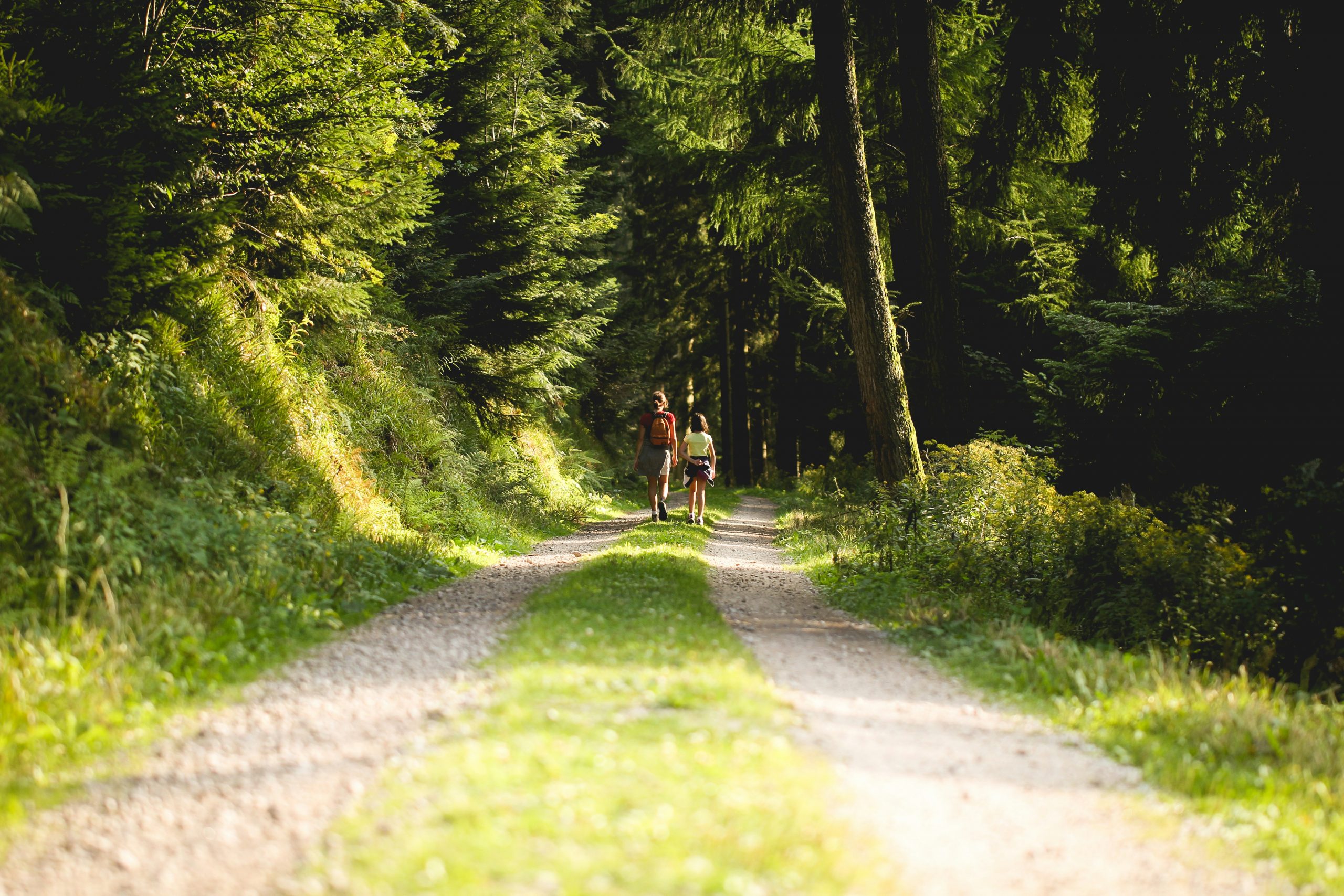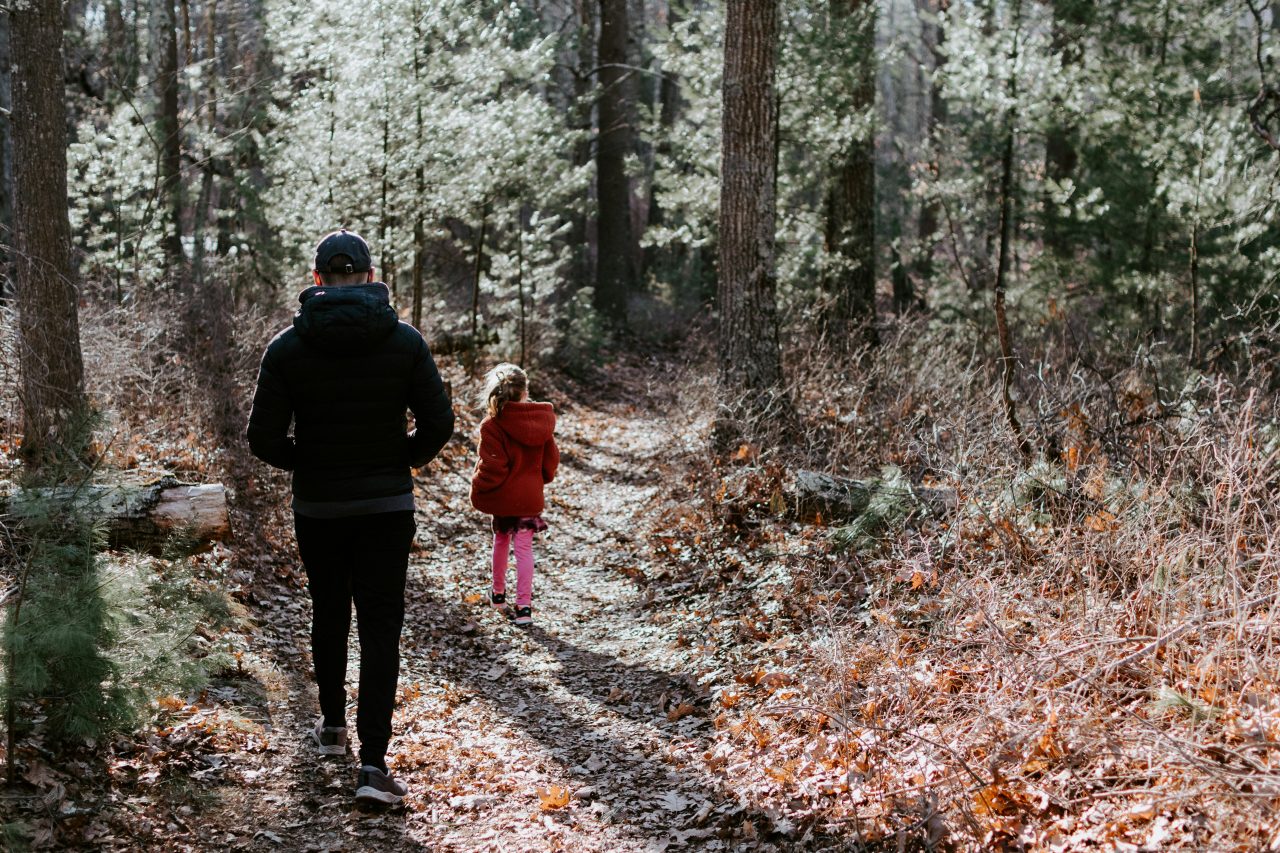Looking for a way to encourage your family out on an adventure? Have you tried geocaching yet? Geocaching is a modern day treasure hunt, where you use GPS technology to track down caches hidden in plain site. Find one and you’re guaranteed to be hooked! Geocaching is gaining popularity as an innovative, exciting way to get children outdoors whilst using technology to do so. In this post we’ll explore what geocaching is, the benefits of it and why it’s such a great way to ignite a love of exploring the great outdoors, including the most important part… is geocaching fun?
What Is Geocaching?
Geocaching is a treasure hunting game that uses modern technology to allow participants to hunt for ‘treasure’ hidden in plain site. Participants, known as geocachers, can use their phones, or a GPS device, to hunt down and seek containers, called ‘geocaches’ or ‘caches’ for short. These caches are hidden in specific locations by other geocachers, who submit them to the website with their precise location so that others can hunt for them. Caches can be all sizes, and all shapes. Often caches will be tiny containers with a small scroll of paper in to manually log when it’s found, but you can get some caches that are large enough to hold items which can then be traded.
Do you need anything to Geocache?
To start geocaching you’ll need a smartphone or a GPS device. The phone app is a really simple tool that allows you to set up a profile and an account where you can log your finds. You’ll need to have found a number of caches before you’ll be allowed to hide your own; this means that caches are hidden by people who understand the fun of the game! Other than that, you need nothing. It is as simple as looking for a cache on the app, and making your way toward it. You may like to take a pair of tweezers and a bire with you when hunting to allow you to remove the log book from small caches and write your details in.
Is geocaching free?
The geocaching app is free, so anyone can take part at no cost. However, you can pay for a premium version which gives access to a lot more of the caches. For example, on the free version, there are 5-10 caches in the local area but on the premium version there is access to around 30 of them. Some caches do require you to be able to use coordinates to solve clues, however, there are many that just want you to get to a certain location and hunt around. There is plenty of fun to be had with just a phone!
How to get started with geocaching?
Set yourself an account and a profile on the website. Look on the map and you’ll see markers for the areas that have caches in them. As you get closer the map will be come more detailed. Many caches have specific clues or hints to help if you’re struggling, some more straightforward than others. Look for caches with low difficulty ratings whilst you’re starting out, these will be easier to spot and will help build your confidence in what caches can look like. Once you find it, mark it on the map and you’ll add it to your list of finds, once you’ve done enough you’ll be allowed to place your own caches for others to find… great fun!
Is Geocaching Fun?
Geocaching is an enjoyable and engaging way to explore the area that you’re in, and it’s suitable for all ages, especially children. Whilst some caches can be tricky to find, that feeling of finding one is like no other – once they’ve found one, they’ll be hooked! Plenty of geocachers have laid their caches out in trails, so you can use them to plan a route that will take you around a new area; a great way to get outside and exploring, even in your home town. Be careful though, it’s pretty addictive!

Why should we go geocaching?
Here are just a few of the benefits of geocaching for children:
1. Exercise, without them realising
Geocaching encourages physical activity as children actively search for caches, helping overcome sedentary lifestyles. The thrill of the hunt keeps them on their feet, promoting cardiovascular health and overall well-being.
2. Exploring the outdoors
Geocaching takes children to various outdoor locations, from parks and nature reserves to urban spaces. This exposure to diverse environments fosters a love for nature and the outdoors, helping them to appreciate it and want to help care for it.
3. Learn Problem Solving Skills
Geocaching involves solving puzzles and deciphering clues to locate hidden caches. This not only enhances cognitive skills but also encourages critical thinking, problem-solving, and teamwork if done with friends or family. Geocaching has been one of the most fun things to do together as a family – that feeling of all working together is like no other.
4. Using technology for ‘good’
Geocaching seamlessly blends technology with outdoor exploration. Children learn to use GPS devices or smartphone apps, honing their technological skills in a real-world context.
5. A sense of achievement
Finding a well-hidden cache provides a sense of accomplishment for children. Signing the logbook and, in some cases, trading small trinkets with items found in the cache gives them a sense of pride and achievement!
Geocaching is great fun, but more than that, it’s a fantastic (easy) way to get children outside and exploring the world around them. By combining technology with adventure, geocaching can turn even the most mundane of walks into a real life treasure hunt. You’ll learn to work together, to follow guidance and to problem solve, all valuable skills for your family to learn. So, next time you ask ‘is geocaching fun?’ – answer a resounding yes!





No Comments